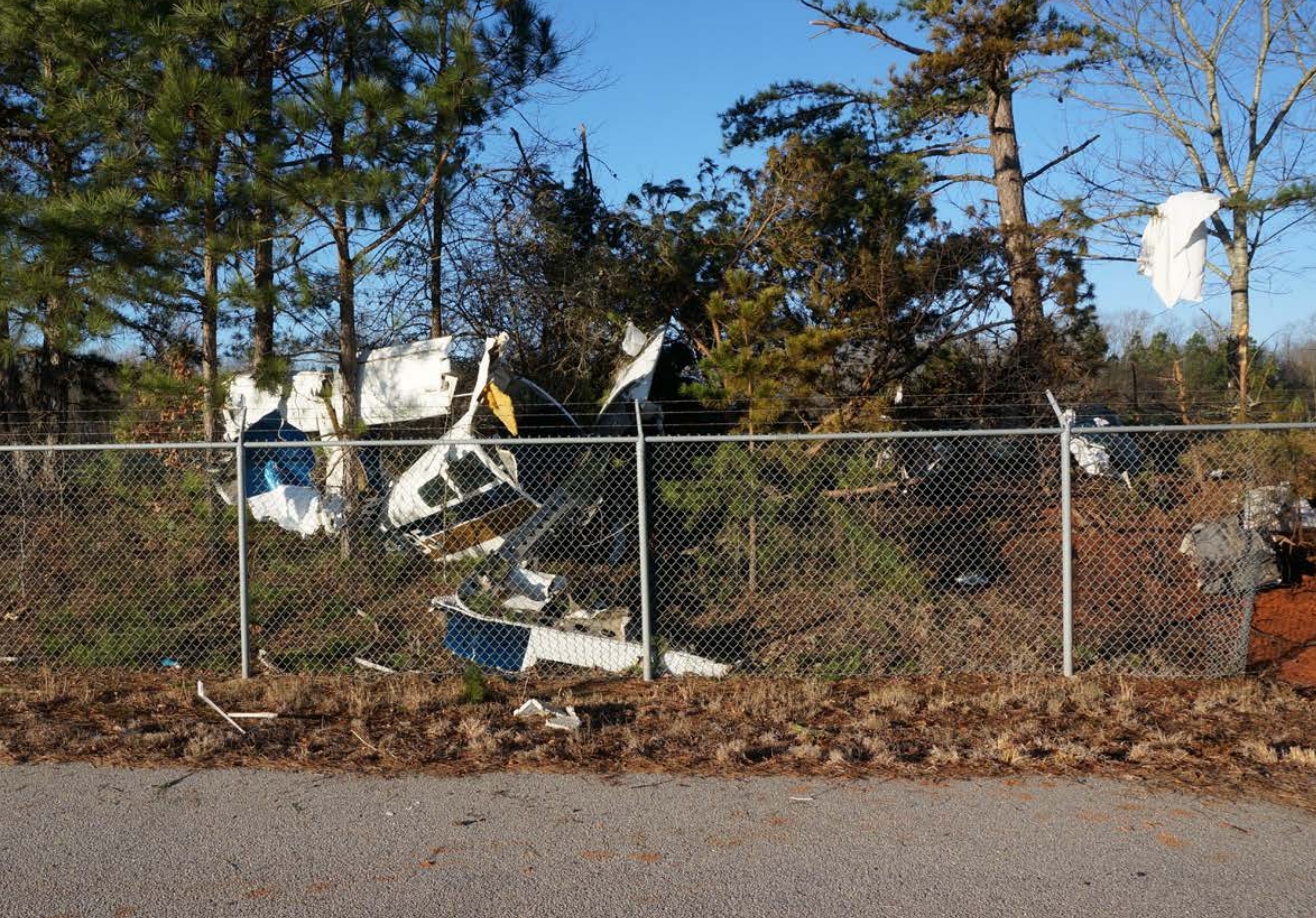
ASN Wikibase Occurrence # 193654
This information is added by users of ASN. Neither ASN nor the Flight Safety Foundation are responsible for the completeness or correctness of this information.
If you feel this information is incomplete or incorrect, you can submit corrected information.
| Date: | Thursday 16 February 2017 |
| Time: | 14:00 |
| Type: |  Beechcraft C23 Sundowner |
| Owner/operator: | Private |
| Registration: | N24695 |
| MSN: | M-1446 |
| Year of manufacture: | 1973 |
| Total airframe hrs: | 2680 hours |
| Engine model: | Lycoming O-360-A4J |
| Fatalities: | Fatalities: 2 / Occupants: 2 |
| Aircraft damage: | Substantial |
| Category: | Accident |
| Location: | Barrow County Airport (KWDR), Winder, GA -
 United States of America United States of America
|
| Phase: | Standing |
| Nature: | Training |
| Departure airport: | Winder Airport, GA (WDR/KWDR) |
| Winder Airport, GA (WDR/KWDR) | |
| Investigating agency: | NTSB |
| Confidence Rating: |
The student pilot, who had recently purchased the airplane, and a flight instructor were conducting a local instructional flight. Another pilot reported that, while approaching the airport for landing, he heard an airplane (likely the accident airplane) announce over the common traffic advisory frequency that they would be departing runway 31; however, he did not see the airplane depart. A witness, who was driving on a highway near airport, observed the accident airplane fly in front of her heading south/southeast. She stated that the airplane seemed to be flying low and fast as it went over the highway. It then began to nose down, then level out, and "tilt to the right." The witness then lost sight of the airplane behind trees.
The airplane impacted trees and terrain on a southeasterly heading about 500 ft west of the departure end of runway 31 (the runway 13 threshold). Given the location and orientation of the wreckage, it is possible that the flight instructor and student departed runway 31 and were attempting to return to the airport to land on the opposite runway (13) when they experienced a loss of control. As the airplane turned back toward runway 13, the pilots would have encountered an 8-knot gusting to 14-knot tailwind, which would have increased the airplane's ground speed and closure rate with terrain and obstacles surrounding the airport and the runway.
Weight and balance calculations revealed that, although the airplane was operating below its maximum gross weight at the time of the accident, its center of gravity (CG) was forward of the limit established by the manufacturer. Since airplane stability and control are affected by improper balance, exceedance of the forward limit would likely have resulted in a nose-heavy condition and difficulty in controlling and raising the nose, especially during takeoff and landing.
Although the reason for the decision to land on the opposite runway could not be determined, it is likely that the airplane's forward CG affected its control characteristics and that the trim required to help relieve the control forces imposed by the forward CG may have resulted in reduced pitch control travel at the lower airspeeds required for approach and landing. Examination of the airplane and engine did not reveal evidence of any preimpact malfunctions or failures that would have precluded normal operation. There was evidence of fuel onboard, and the lack of airframe, flight control, and engine anomalies were also consistent with a loss of control event.
Toxicology testing revealed that the flight instructor had used amphetamine at some time before the flight, but whether the drug was being used to treat an underlying condition such as attention-deficit/hyperactivity disorder (ADHD) or narcolepsy, or whether he had used the amphetamine illicitly to get high and was in/or entering the withdrawal phase of use, also could not be determined. Overall, whether the flight instructor's use of amphetamine or effects from an underlying medical condition contributed to the accident circumstances could not be determined.
Probable Cause: The flight instructor's inadequate preflight planning and operation of the airplane outside its center of gravity envelope, which resulted in a loss of control while maneuvering.
Accident investigation:
 |
|
Sources:
NTSB
FAA register: http://registry.faa.gov/aircraftinquiry/NNum_Results.aspx?NNumbertxt=24695
Location
Images:

Photo: NTSB
Media:
What's left of a small plane that crashed in Barrow County. 2 men died . I'm on the scene with the latest on @wsbtv . pic.twitter.com/FECKRYYiOe
— Tony Thomas (@TonyThomasWSB) 16 februari 2017
Revision history:
| Date/time | Contributor | Updates |
|---|---|---|
| 16-Feb-2017 23:00 | Geno | Added |
| 17-Feb-2017 07:09 | harro | Updated [Aircraft type] |
| 17-Feb-2017 07:16 | harro | Updated [Registration, Cn, Operator, Source, Embed code] |
| 01-Jun-2019 07:30 | ASN Update Bot | Updated [Time, Nature, Departure airport, Destination airport, Source, Embed code, Narrative, Accident report, ] |
| 01-Jun-2019 19:38 | harro | Updated [Departure airport, Destination airport, Source, Embed code, Narrative, Photo] |
Corrections or additions? ... Edit this accident description
The Aviation Safety Network is an exclusive service provided by:


 ©2024 Flight Safety Foundation
©2024 Flight Safety Foundation